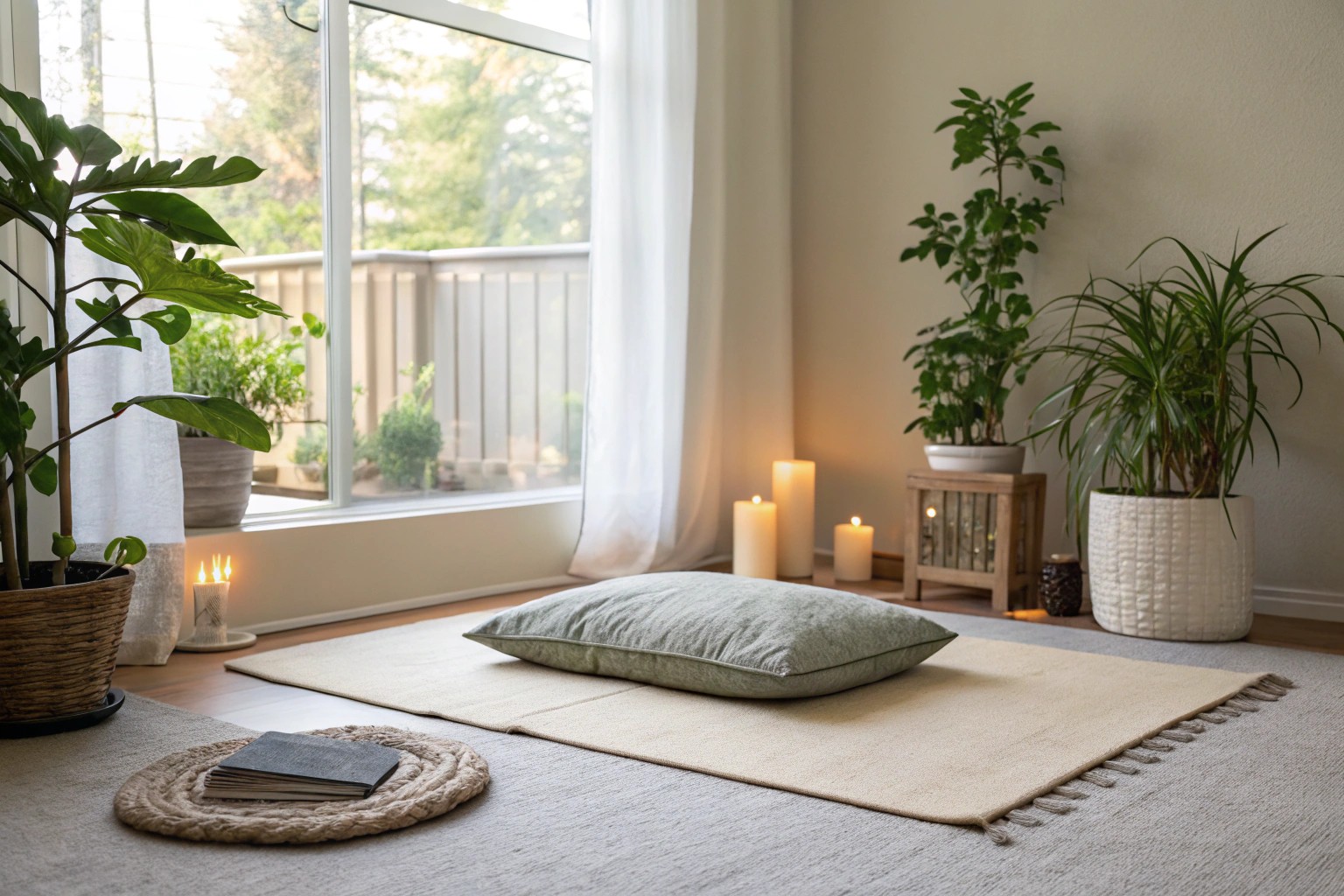Every space tells a story. The most powerful ones capture those essential moments that ground us in our daily lives—moments of reflection, connection, and personal renewal. As designers, we create environments not just for aesthetic pleasure, but for the rituals that give meaning to our lives.
Understanding Ritual Spaces in Design
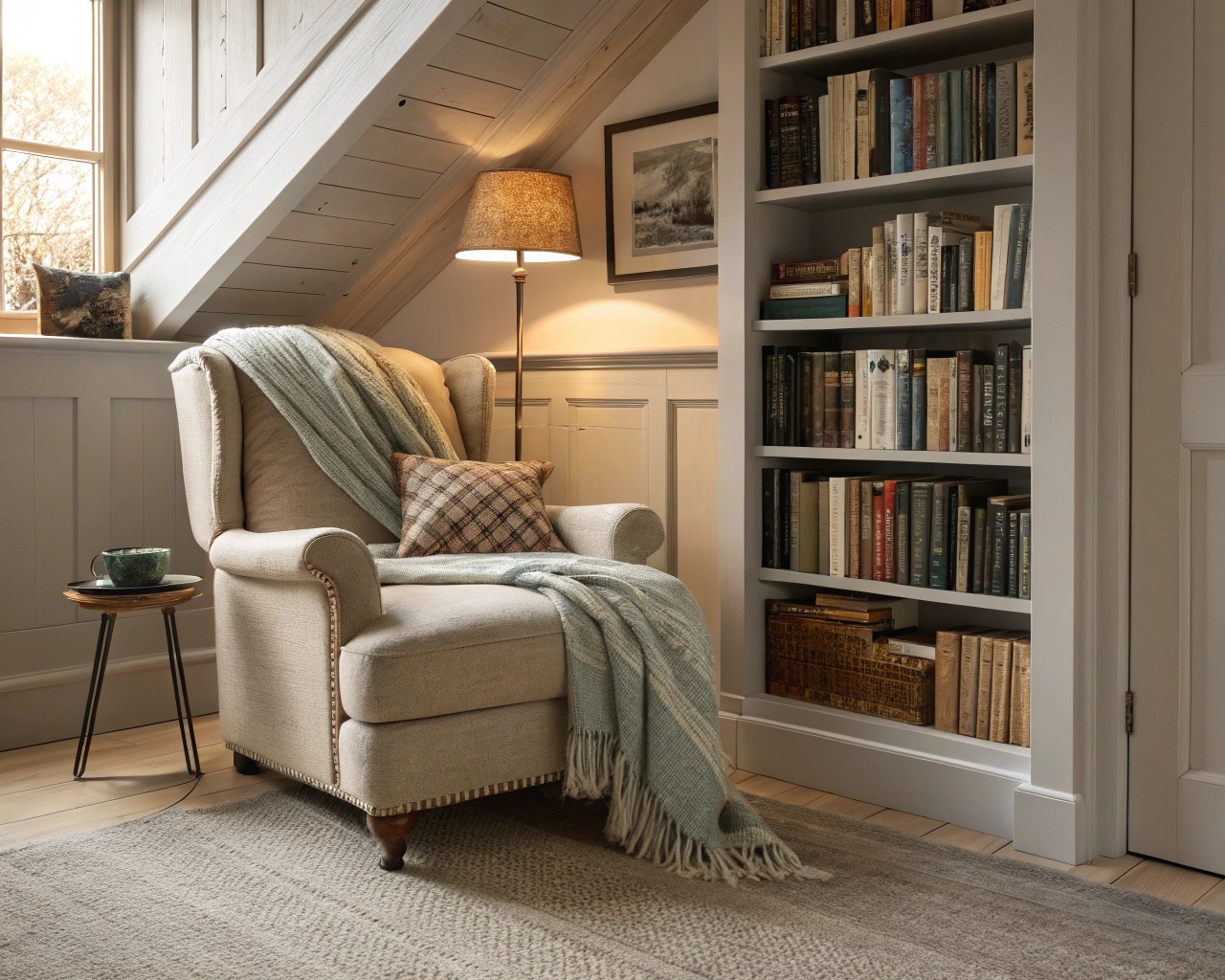
Ritual spaces are specific environments created to support routines, ceremonies, or practices that carry special meaning. Unlike ordinary spaces that serve purely functional purposes, ritual spaces are designed with intention to foster particular states of mind, encourage specific behaviors, or facilitate meaningful connections.
What separates a ritual space from any other designed environment is its ability to transform ordinary actions into meaningful experiences. When I design a morning coffee nook for a client, we’re not just planning where they’ll consume caffeine—we’re creating a sanctuary for that first moment of awakening, a space that honors the transition from sleep to activity.
Types of Ritual Spaces
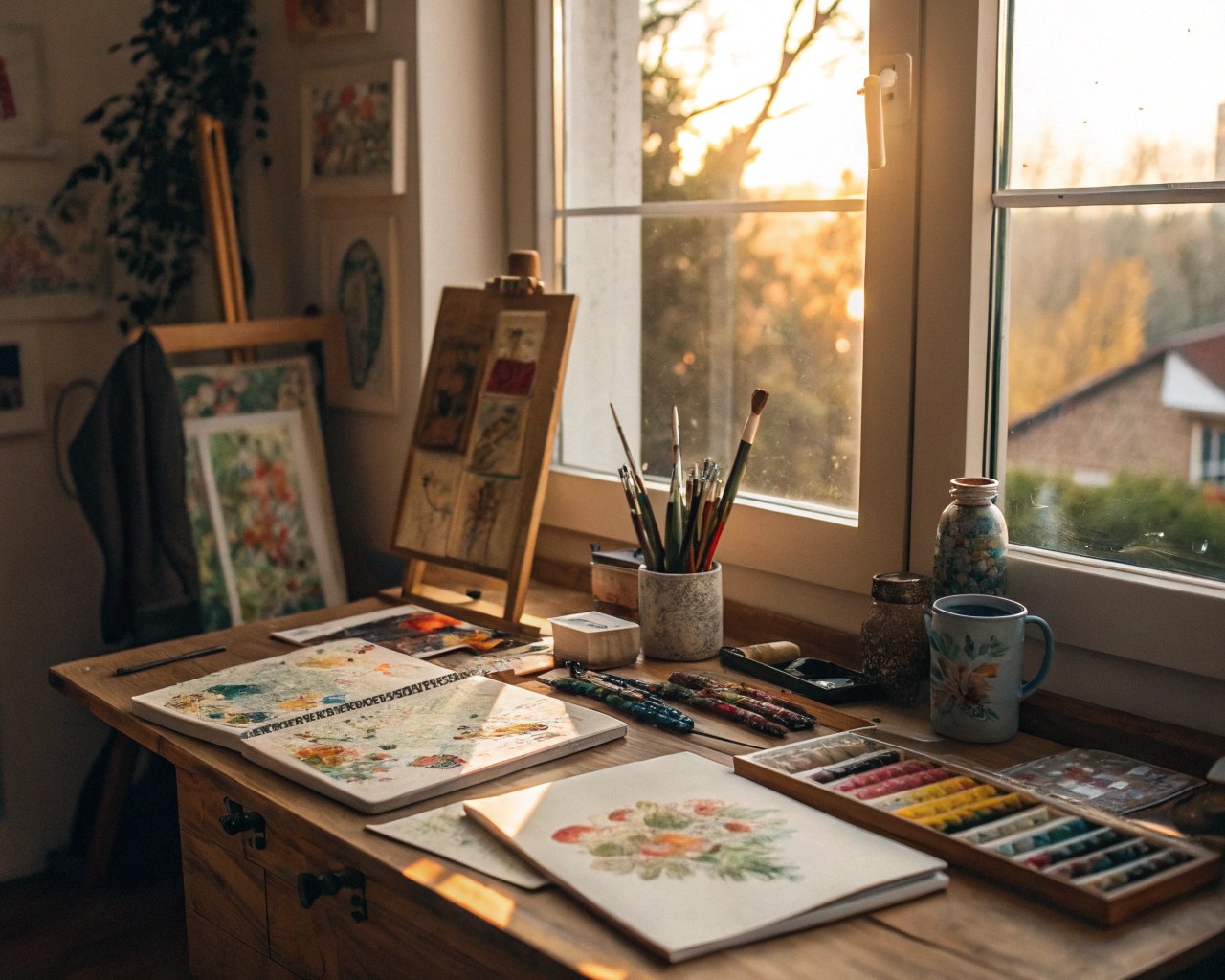
Ritual spaces exist on a spectrum from deeply personal to communal, and from spiritual to secular:
| Type | Purpose | Examples | Key Design Elements |
|---|---|---|---|
| Personal | Self-renewal | Meditation corners, reading nooks, dressing rooms | Privacy, comfort, personalization |
| Communal | Connection | Dining areas, gathering spaces, gardens | Flexible seating, inclusive layout, focal points |
| Spiritual | Transcendence | Home altars, prayer rooms, meditation gardens | Symbolic elements, sensory cues, directional focus |
| Routine-based | Structure | Morning ritual spaces, creative studios, exercise areas | Functionality, efficiency, intentional constraints |
Design Principles for Meaningful Ritual Spaces
1. Intentional Separation
Effective ritual spaces begin with boundaries—physical or symbolic elements that separate them from everyday areas. These transitions signal to the mind that you’re entering a different mode of being.
Research into healing gardens underscores this need for definition, suggesting that enclosed grounds foster a sense of safety, and defining distinct “rooms” with varying materials for surfaces can enhance this effect. This principle applies broadly: ritual spaces benefit from clear delineation.
2. Sensory Engagement
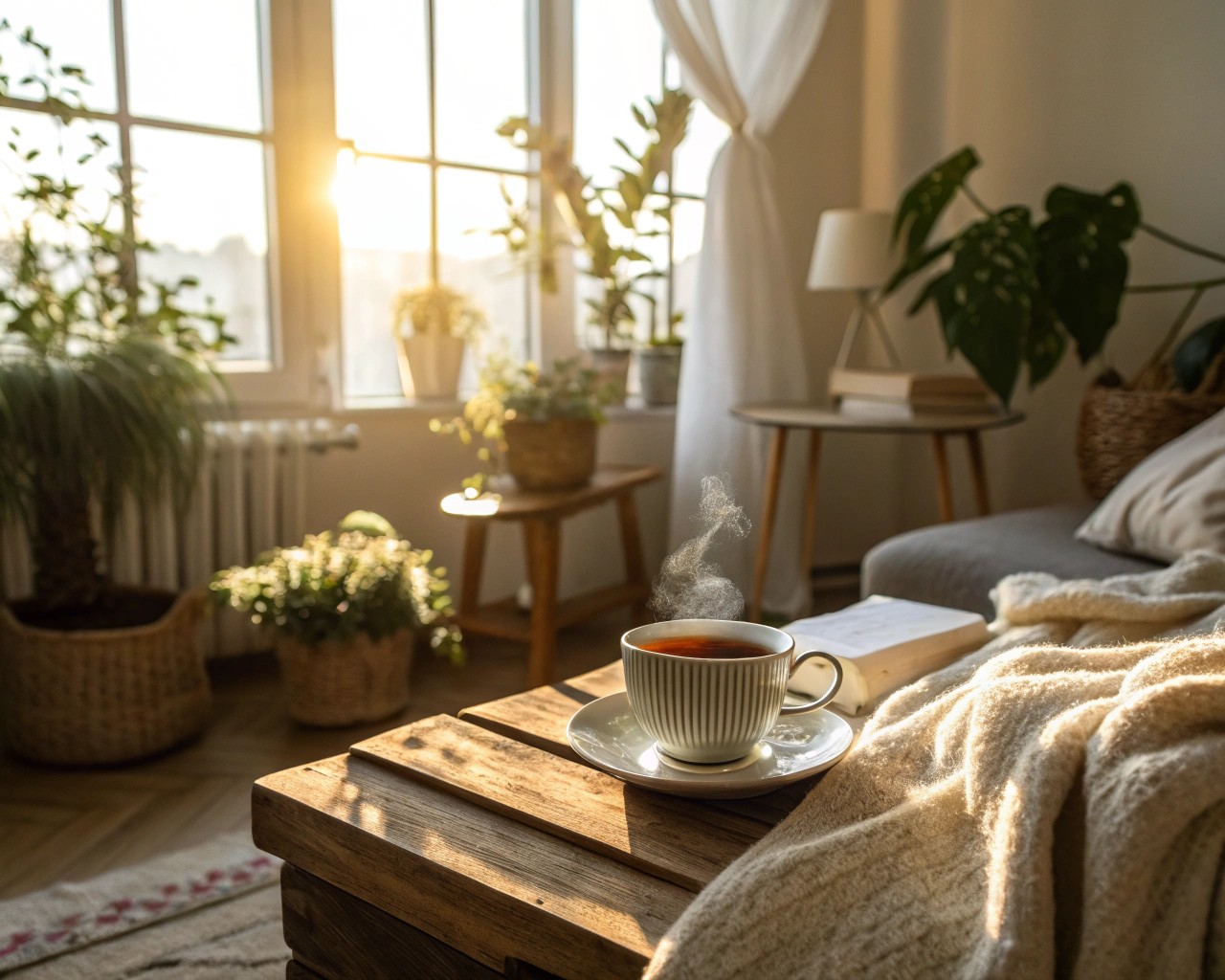
One client, a busy executive, shared with me her need for a morning meditation space that would immediately shift her mindset. By incorporating specific sensory elements—the texture of natural wood, the scent of essential oils, carefully controlled natural light—we created a space that instantly triggered a state of mindfulness without a single word being spoken.
Essential sensory elements include:
- Visual: Intentional use of color, light/shadow play, meaningful objects
- Tactile: Varied textures that invite touch and create comfort
- Auditory: Sound control, acoustic qualities, natural sound elements
- Olfactory: Natural scents, incense, aromatic materials
- Kinesthetic: Elements that guide movement and posture
3. Narrative Coherence
Leading designers often speak of design as a form of storytelling, starting projects by asking clients about the narrative they want to convey and the feelings they wish to evoke. Ritual spaces, especially, must tell a coherent story—one that aligns with the user’s intentions and values.
4. Balance of Consistency and Adaptation
While ritual spaces honor consistency, they must also adapt to evolving needs. We designed a family’s dining area specifically for their Sunday dinner tradition—a ritual that had continued for three generations. The space incorporated elements from their heritage while allowing flexibility for the changing family structure as children grew and new members joined.
Creating Personal Ritual Spaces at Home
The most common ritual spaces I design are within homes, where daily practices form the foundation of our well-being.
Morning Ritual Spaces
Your morning routine sets the tone for your entire day. Consider these elements for effective morning ritual spaces:
- Natural light access – Position the space to capture morning light where possible
- Simplified choices – Organize essentials to reduce decision fatigue
- Personal touchstones – Include objects that remind you of your values or intentions
- Comfort without indulgence – Balance comfort with elements that promote alertness
- Connection to nature – Incorporate plants or natural views where possible
Dressing Rooms as Ritual Spaces

Designers like Amity Worrel observe that dressing rooms are unique because their design intrinsically reflects a highly personal routine. These spaces honor the ritual of preparation and self-presentation.
When I designed a dressing room for a client who worked in a high-pressure corporate environment, we created a space that functioned as both practical storage and emotional preparation area. The room included a small altar-like surface where she placed meaningful objects and affirmations—a ritual that helped her center herself before facing challenging workdays.
Creating Sacred Spaces at Home
“A sacred space is simply a designated area to connect with yourself. It could be a room, the top of a dresser, a chair and side table you find comforting,” suggests interior designer Claire Staszak. The key is intentionality—dedicating a space specifically for reflection, regardless of its size.
Steps to Create Your Own Ritual Space
The process of creating a ritual space is itself a ritual:
- Clean and clear the chosen area completely
- Set an intention for the space—what transformation or experience should it support?
- Cleanse the energy of the space (through smudging, sound, or simply opening windows)
- Introduce elements that support your intention (comfortable seating, meaningful objects)
- Create boundaries that separate the space from everyday areas
- Establish rituals for entering and leaving the space
- Use the space consistently while remaining open to its evolution
Case Study: A Tea Ceremony Space
A client who had studied Japanese tea ceremony wanted to incorporate this practice into her daily life. We created a dedicated corner in her home office that could transform for this ritual:
- A low table on a tatami-inspired mat created physical separation from the rest of the room
- A simple shelf held tea implements and a small vase for seasonal elements
- A cushion positioned to view the garden outside
- A wooden box that contained all elements, which the opening of became part of the ritual itself
The space was modest—only 5×5 feet—but the careful consideration of each element made it profoundly effective. “It’s not the size that matters,” she told me later, “but the intention behind each element.”
Designing Communal Ritual Spaces
Communal ritual spaces require careful balancing of individual and collective needs.
The Modern Dining Space
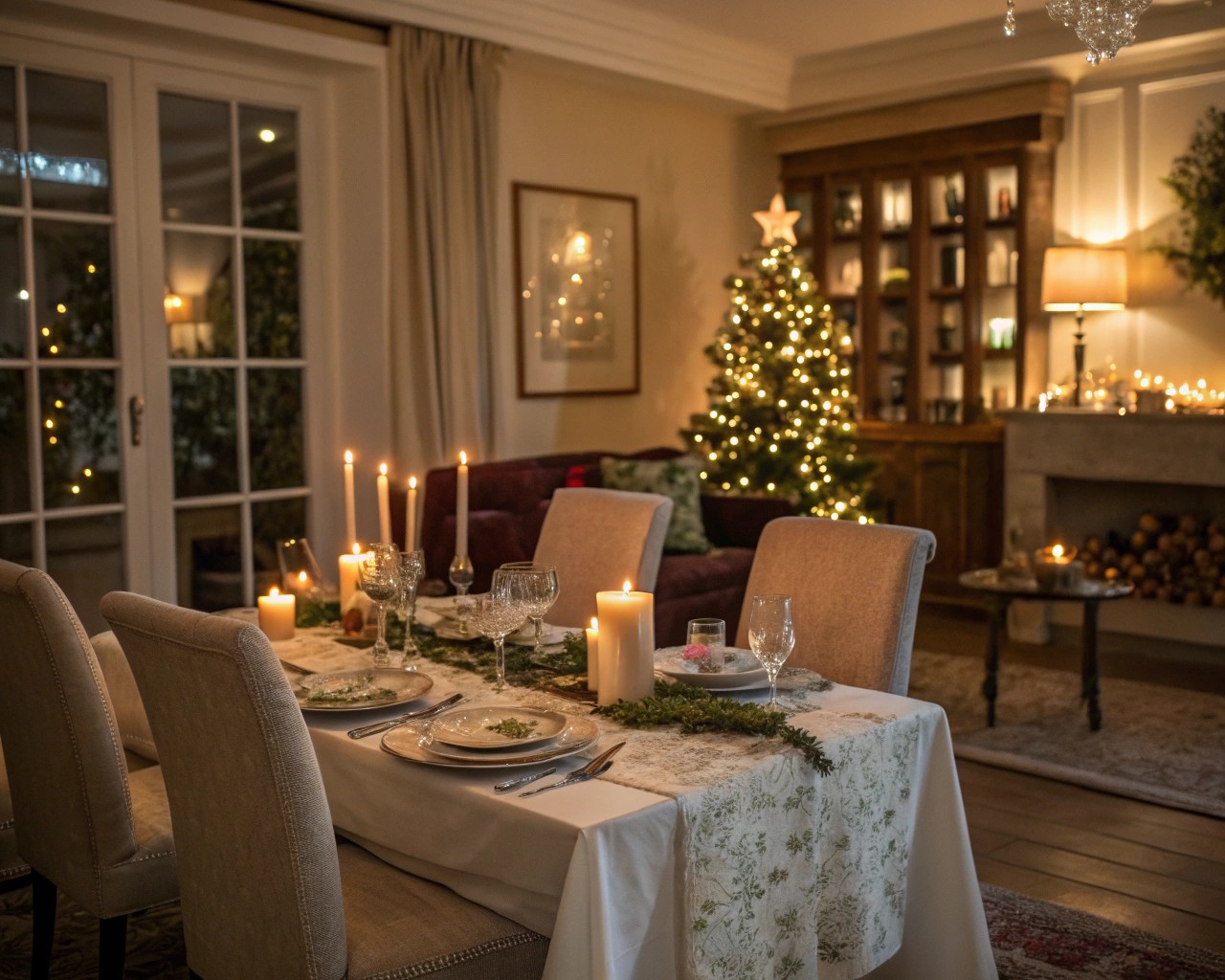
Architectural studies highlight how buildings structure social interactions by directing movement and focus within a space. This function is particularly evident in dining areas, the setting for many of our most regular communal rituals.
Effective communal dining spaces include:
- Flexible seating arrangements that accommodate varying group sizes
- Controllable lighting for different moods and occasions
- Acoustic considerations that facilitate conversation
- Ritual markers that signal special occasions (candle placements, special serving pieces)
- Connection to preparation spaces that honors the complete ritual of shared meals
Outdoor Ritual Spaces
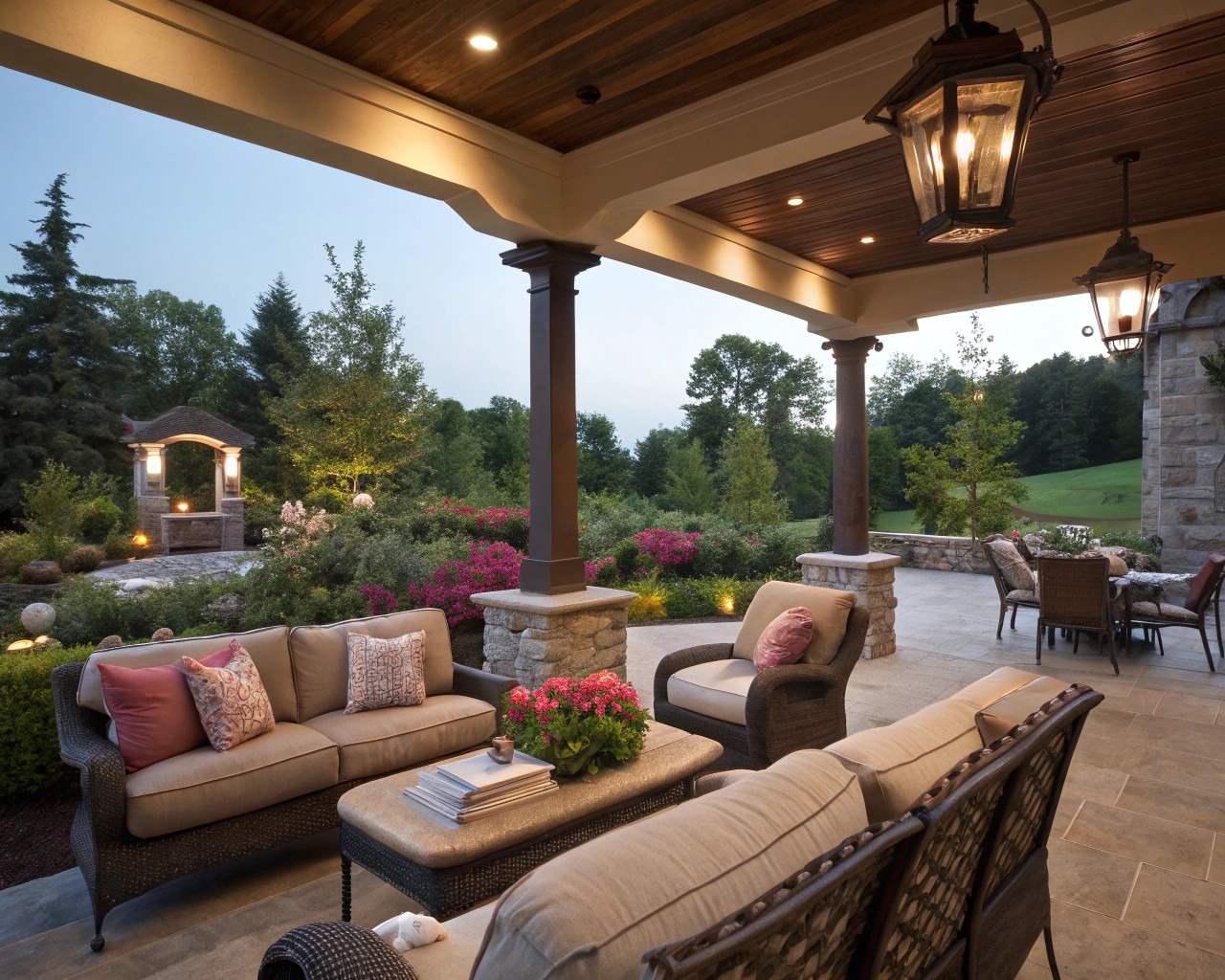
Gardens and outdoor spaces offer unique potential for ritual spaces. In designing a contemplative garden for a retirement community, we created a series of connected spaces that supported different levels of engagement:
- Entry gardens with familiar plants and straight paths for those needing security
- Middle gardens with sensory stimulation and gentle curves for exploration
- Inner gardens with enclosed, quiet spaces for deeper reflection
This nested approach drew from healing garden research, which advises creating secure, easily navigated environments for those needing more support, alongside more stimulating areas for individuals comfortable with greater environmental challenge.
Cultural Considerations in Ritual Space Design
Authentic ritual spaces often reflect cultural heritage and personal history. When designing spaces that honor cultural traditions:
- Research with depth – Understand the meaning behind elements, not just their aesthetic
- Consult authentic sources – Work directly with cultural knowledge holders when possible
- Respect sacred symbols – Use them appropriately and with permission
- Balance tradition with contemporary needs – Honor the spirit while allowing adaptation
- Consider the narrative context – How does the space tell the story of cultural connection?
Research into cultural reflection within home design emphasizes that authenticity arises from genuine connection, curiosity, and respect. It is found less in following trends and more in the meaningful details, memory-evoking textures, and thoughtful choices that truly celebrate heritage.
Material Selection for Ritual Spaces
Materials in ritual spaces should engage multiple senses while supporting the intended purpose:
| Material | Sensory Qualities | Common Associations | Best Used For |
|---|---|---|---|
| Wood | Warm, tactile, acoustic | Groundedness, nature, tradition | Meditation spaces, transition areas |
| Stone | Cool, solid, timeless | Permanence, earth connection, strength | Altars, garden elements, foundations |
| Textiles | Soft, variable, adaptable | Comfort, protection, storytelling | Seating, wall coverings, screens |
| Water | Reflective, dynamic, purifying | Cleansing, life, transition | Purification elements, sound features |
| Metal | Reflective, clear-toned, durable | Clarity, boundary, protection | Ritual objects, space definition, sound elements |
| Glass | Transparent, transformative of light | Transformation, clarity, boundary | Light filtration, subtle dividers |
Adapting Traditional Ritual Spaces for Contemporary Life
Traditional and contemporary approaches to ritual spaces can be thoughtfully combined:
| Aspect | Traditional Approach | Contemporary Adaptation |
|---|---|---|
| Power source | Candles, natural light | Solar-powered lighting, smart LED systems |
| Materials | Regional natural materials | Sustainable global materials with local inspiration |
| Community | In-person gatherings | Hybrid spaces that support both physical and virtual connection |
| Management | Manual, high-maintenance | Low-maintenance, adaptive systems |
| Accessibility | Often limited by physical constraints | Designed for inclusive access |
| Scope | Dedicated, single-purpose spaces | Multi-functional spaces that transform for ritual use |

